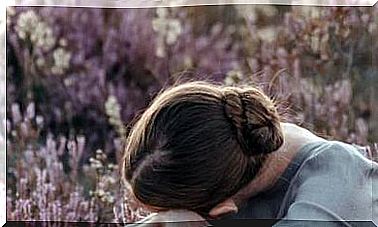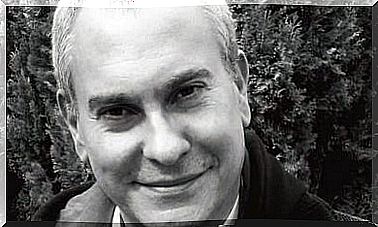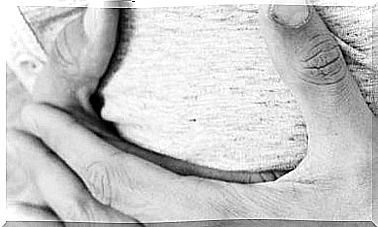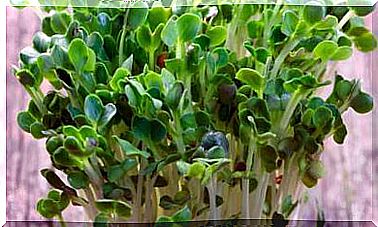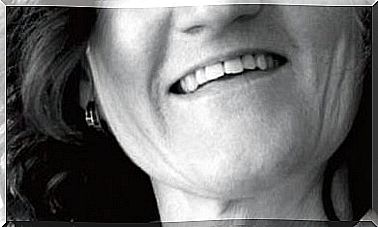Neither Black Nor White: Gray
We often find ourselves faced with situations in which we believe that we have to choose between ‘this or that’, and the decision, posed in this way, makes us suffer. But what if we decided on ‘this and that’? Dismantling the false dilemmas, learning to integrate the options instead of reducing them, opens the door to a more enriching life.

For me, things are black or white; not gray “.” Who do you love more, your father or your mother? “” Either you are with them or you are with us, make up your mind. “” If I work, I cannot study; if I study, I can’t work. “Have you ever said or heard any of these phrases? Who else who less, we all know these approaches.
Without realizing it, we live immersed in affirmations or beliefs of this type, which reveal how we live and relate, what is our attitude in the world. This type of question or statement places us before two possible options that always seem contradictory, forcing us to choose one of them. And after the election, we feel uncomfortable, invaded by guilt, uncertainty or discontent. Have we chosen well? Will they be satisfied with our decision? Are we?
The terms of polarity are needed, related, and create new meanings that are more than the sum of the parts.
Entangled in these doubts, an idea escapes us: perhaps it is not a question of choosing but, perhaps, of integrating. Carl Jung, the father of deep psychology, said that everything that can be named is because we know its opposite. Nothing would mean pleasure without pain, day without night, cold without heat, love without resentment, hope without unease …
Are we condemned to choose?
When you say that things are black or white for you, are you not missing the gray with all its richness? Can’t you love your mom and dad differently, but with equal intensity? Many times, between “them” and “us” you can find a point that allows you to dialogue with both; You will not be lukewarm or indecisive, but someone who has learned to think for himself and to choose on his own responsibility. If you work while you study, you will surely have to try harder, but it will certainly enrich your life experience.
As in these cases, we constantly stumble upon false options that, instead of expanding our existential possibilities, narrow them. Some have to do with our work, others with our affections and ties, others with our customs, others with the places we inhabit … We cannot be in two places at the same time. Nor is it possible to love two couples with equal commitment and presence. Nor buy two things with the same money. Both in these cases and in the previous ones, we are faced with an exercise that no one can do for us: that of deciding.
Decide, that’s the question
Deciding means giving in to have. We are forced to establish priorities, to explore our true needs (differentiating them from our likes, desires or whims) in order to know what to postpone or abandon when everything is not possible. This action will give value to our choice, because, to do what we do –or have what we have–, sometimes we have had to give up or postpone other things.
But what happens if we are facing a polarity in which the terms are not excluded? In this case, you also have to decide. And the first thing will be to decide if we accept the false dilemma that is manifested to us or if, otherwise, we refuse it and try to integrate what is presented as the opposite.
If we examine it calmly, we will discover how many times two options that seem incompatible, in reality, are not.
We have already seen the love for dad or mom, the black or white, “them” or “us.” But we can also think of other false options: work or take care of children, dedicate ourselves to our profession or a hobby, gain weight or go hungry, miss a commitment that requires too much time or upset whoever organizes it, spend the Christmas holidays in home of one family or the other, take up a postponed vocation or continue where we are …
The catch of all these statements is in the word “or”. It is possible to work and take care of children, exercise our profession and develop a hobby, take care of health and at the same time eat with pleasure, go to a commitment only for as long as possible and clarify it to whoever corresponds, the parties can be celebrated in a neutral place, postponed vocations can be resumed, although, of course, we will have to do so by adapting them to the time and current conditions …
If we learn to detect the false dilemmas, we can integrate the two options at a point of harmony and growth.
It is necessary to replace the “or” by the “and”. Obviously, this means taking responsibility for your own life. The “o”, even when it seems firmer and more solid, impoverishes us. Under the guise of removing a problem and a job from us, it subjects us to dissatisfaction. When, instead of “or”, we think of “and”, we begin to work to integrate things that seem incompatible.
This takes more time and effort, as it requires us to learn to discriminate in order to know what to include and what to remove. But he eliminates the false dilemma and, in return, proposes us to find the point of harmony between the opposites. That is a growth point. It is not always one or the other. Many more times than we realize, it is one thing and the other. It’s about our decisions, choices, and actions adding up. But nobody can add for us. And it is our task to learn how to do it.
